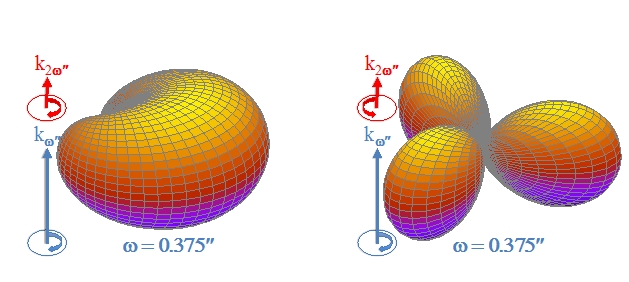Dr. Nicolas Douguet
Drake University

Light-induced coherent control and ultra-fast dynamics
The astonishing advances in the new generation of light sources enable the exploration of the ultra-fast dynamics in atoms and molecules, thereby promising a rich field of possibilities in the control of matter. One aim of quantum control is to steer electronic motion in atoms and molecules in specific directions or locations. Recently, experimental manipulation of the photoelectron angular distribution (PAD) was achieved using the Free-Electron Laser (FEL) at FERMI by controlling the relative time-delay between the fundamental and second harmonic of a linearly polarized femtosecond VUV pulse to an unprecedented resolution of 3 attoseconds (as). I will first present a theoretical investigation of the experimental scheme for which control of the PAD asymmetry was achieved by interfering one-photon and two-photon ionization pathways in a region of an intermediate resonance. A variety of additional schemes will then be explored, such as overlapping the XUV pulse with an IR field, or using circularly polarized light (see Figure). Employing circularly polarized light actually opens up a variety of very interesting studies in multi-photon ionization processes. First, the circular dichroism is revealed in an ionization scheme for which a XUV pulse ionizes He and then sequentially pumps the remaining electron to an oriented excited state of He+,while an overlapping optical field, which can either be co-rotating or counter-rotating with respect to the XUV field, ionizes He+ via multiphoton absorption. Next, few-cycle elliptically polarized pulses can be employed to investigate the tunneling time in strong-field ionization of atomic hydrogen to verify the recent claim that tunneling ionization in this system is instantaneous. Finally, I will discuss the use of Cold Target Recoil Ion Momentum Spectroscopy (COLTRIMS) techniques, either to make a movie of a chemical reaction in real-time, or to understand the dissociation of biomolecules in collisions with low-energetic electrons.
